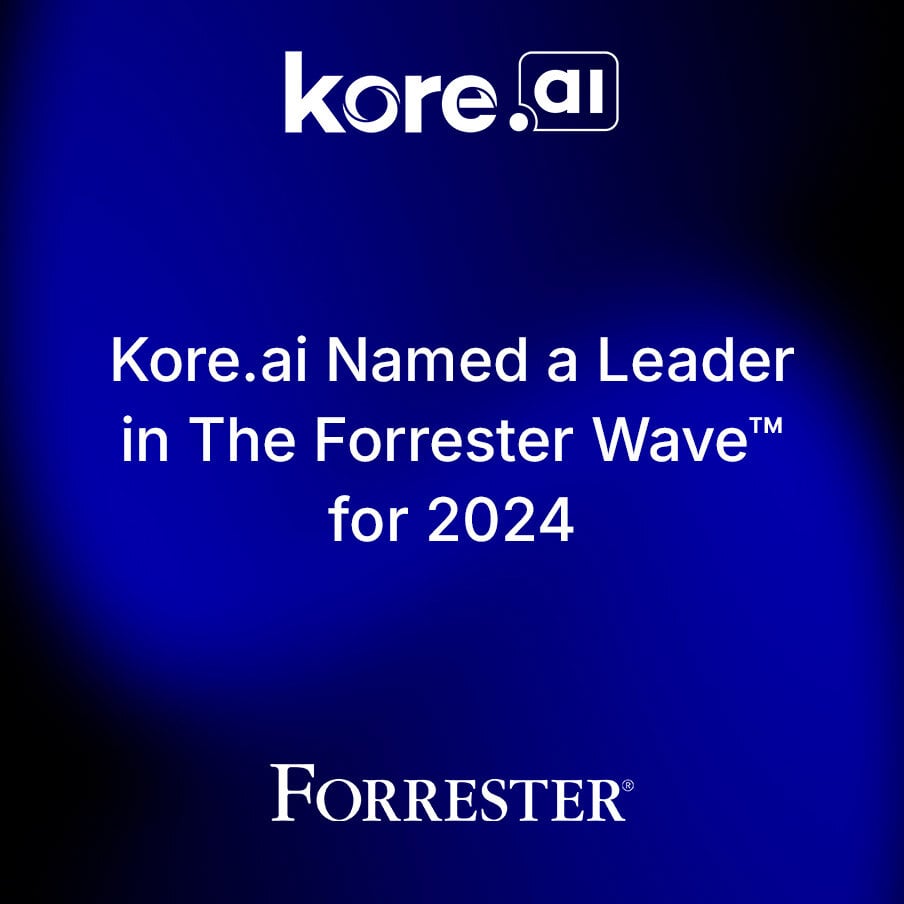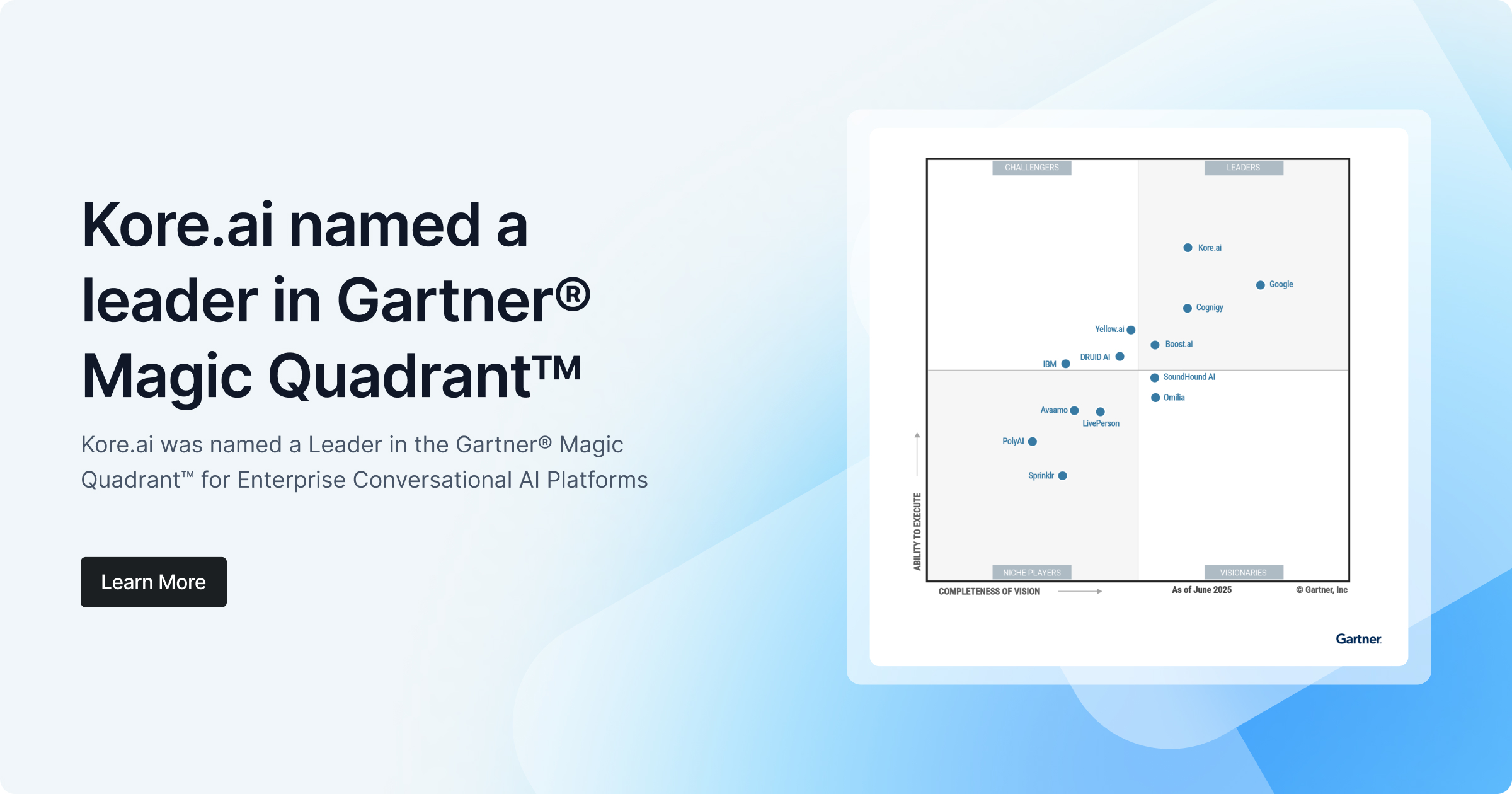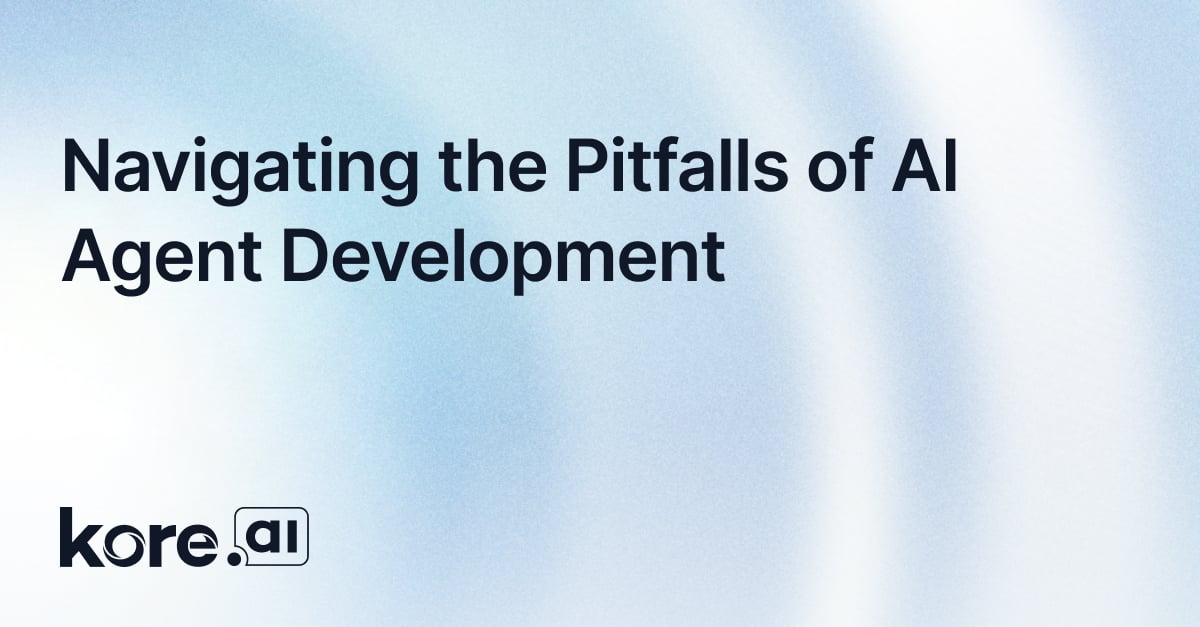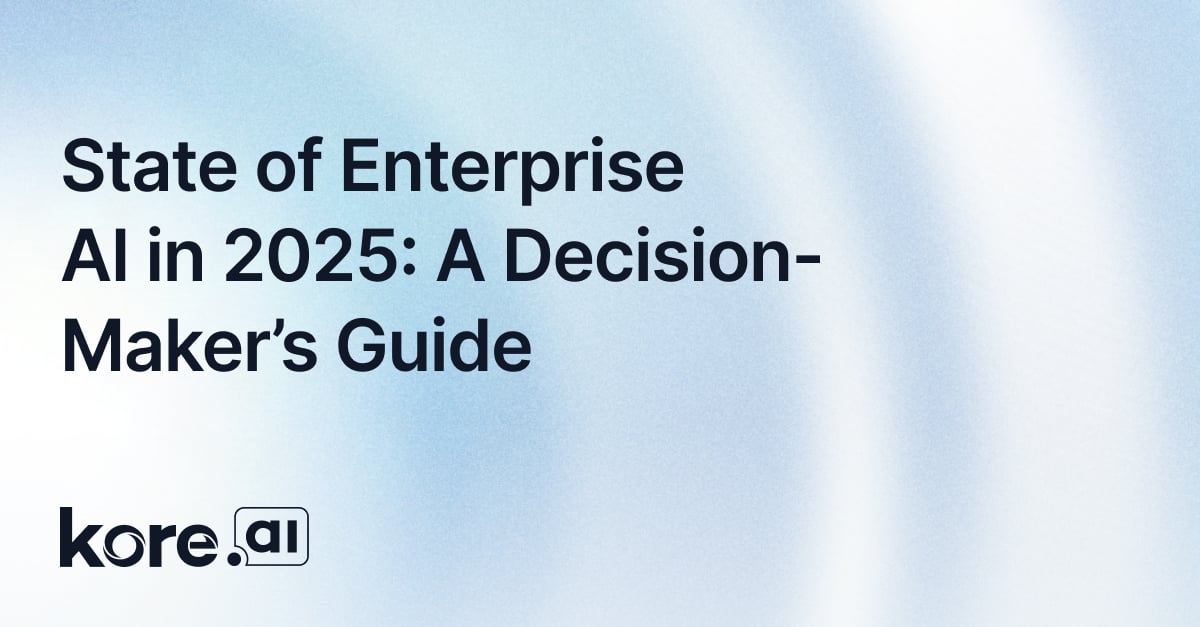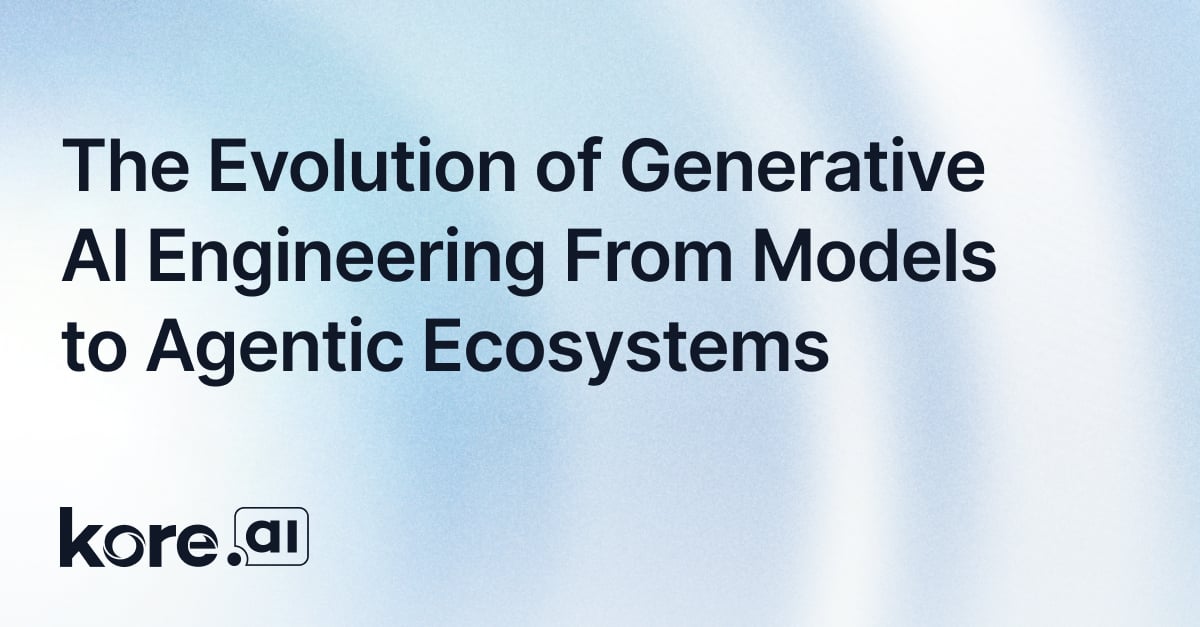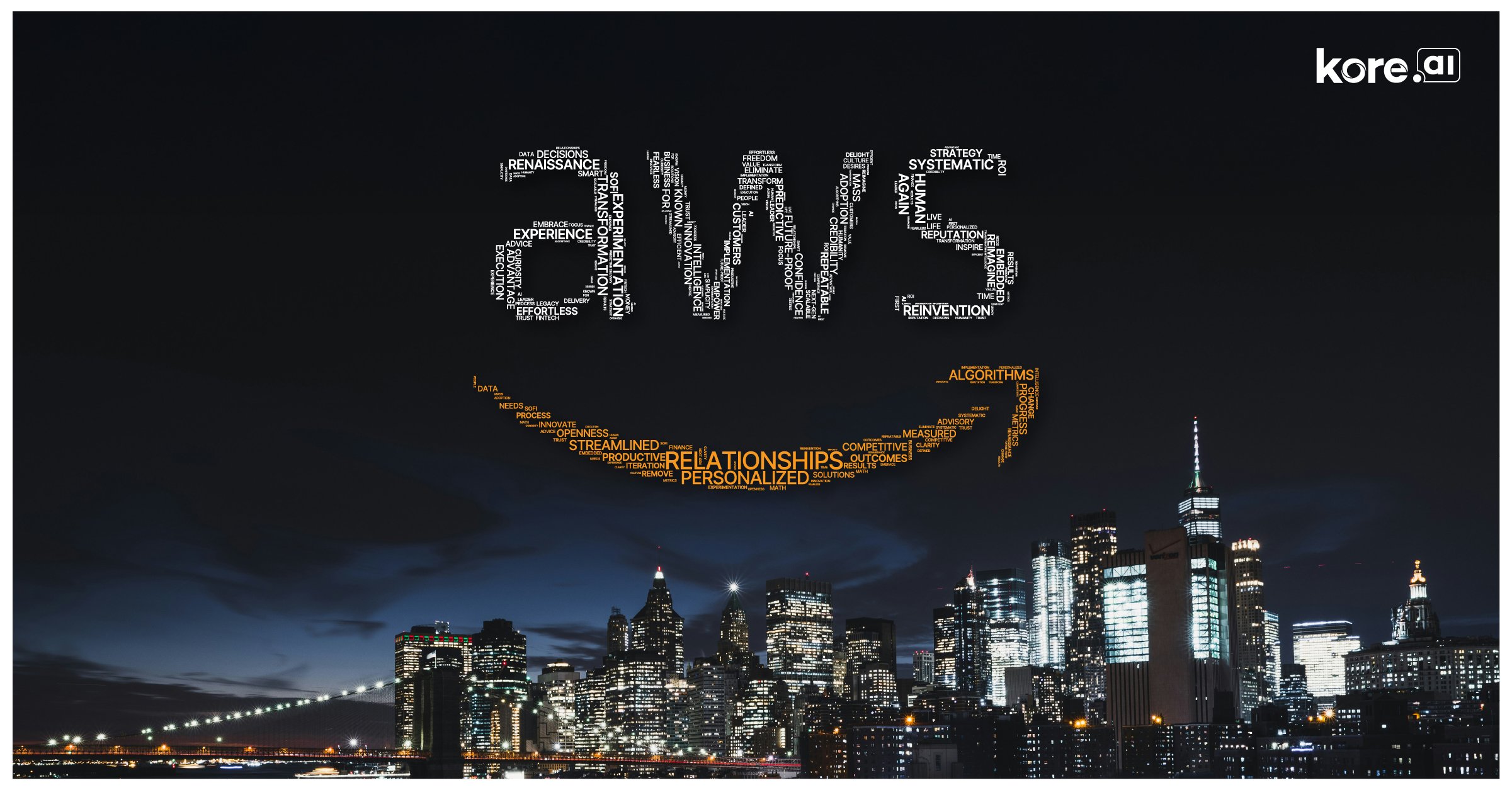Imagine asking your enterprise AI to compare two products, and instead of waiting ages for a clunky, step-by-step response, you get a lightning-fast, spot-on answer that feels like magic.
That’s the promise of Agentic RAG (Retrieval-Augmented Generation), and it’s taking the enterprise world by storm. In our previous blog, we introduced how agentic retrieval is revolutionizing enterprise AI by blending speed, relevance, and personalization.
Now, let’s dive into the next chapter: how Agentic RAG evolves with smarter workflows, comparing two approaches—Multi-Agent Orchestration and Hierarchical Graph Execution—to show why the latter is a game-changer for businesses.
Why Agentic RAG Matters
Agentic RAG builds on the foundation of agentic retrieval by making AI not just reactive but proactive. It’s like upgrading from a librarian who fetches one book at a time to a team of super-smart assistants who work together, anticipate your needs, and deliver answers faster. For enterprises, this means handling complex queries—like comparing product features or analyzing customer data—without the usual delays or headaches.
The result? Happier employees, delighted customers, and a serious competitive edge.
Two Paths to Agentic RAG
Multi-Agent Orchestration: The Straightforward Starter
Picture Multi-Agent Orchestration as a relay race. A central “supervisor” AI takes your query (say, “Compare Model X and Model Y features”) and passes it to sub-agents, one by one. Each sub-agent handles a task—like fetching Model X’s features, then Model Y’s, and finally comparing them.
It’s simple to set up and works well for straightforward tasks, but here’s the catch: every step waits for the last one to finish. This sequential approach can feel like waiting for a slow website to load, especially for complex queries. Plus, the supervisor has to juggle messy data handoffs (think passing notes in class), which can slow things down further and require constant tweaking to avoid errors.
Pros: Easy to prototype, clear workflow.
Cons: Slow for complex tasks, high maintenance for data handling.

Hierarchical Graph Execution
Now, imagine a dream team where everyone works at the same time. Hierarchical Graph Execution is like that. Instead of a single supervisor, it uses a map (or “graph”) of AI agents that split a query into tasks and tackle them in parallel.
For the same “Compare Model X and Model Y” query, one agent grabs Model X’s features, another gets Model Y’s, and a third preps the comparison—all at once.
If something’s off, smart “feedback loops” fix only the problem part without restarting everything. Data flows smoothly between agents without the clunky handoffs, and the whole system is designed to grow without breaking a sweat.
Pros: Blazing fast, scalable, easy to tweak.
Cons: Takes a bit more setup upfront.

Why Hierarchical Graphs Win for Enterprises
Let’s break it down with some real-world impact:
- Speed: Tests show Hierarchical Graph Execution cuts response times dramatically—complex queries that take 86–87 seconds with Multi-Agent Orchestration drop to 24–28 seconds with graphs. That’s like going from a long coffee run to a quick grab-and-go.
- Flexibility: Need to add a new task, like analyzing customer reviews alongside product features? With graphs, you just plug in a new “node” without rewriting the whole system. Multi-Agent Orchestration would need a major overhaul.
- Reliability: If one part of the query fails (say, a data source is down), graphs can reroute or retry just that piece. The relay-race approach often stalls entirely.

For businesses, this translates to faster answers, lower costs (less compute waste), and happier users who get ChatGPT-like experiences without the wait.
Whether it’s powering customer service chatbots or helping employees dig through internal data, Hierarchical Graph Execution makes Agentic RAG feel effortless.
Real-World Magic with Kore.ai
Kore.ai’s Agent Platform, which we highlighted last time, is built for this kind of smart teamwork. Its support for parallel processing and customizable workflows aligns perfectly with Hierarchical Graph Execution.
For example, a retailer using Kore.ai could have AI agents simultaneously pull product specs, customer feedback, and pricing data, then blend it all into a single, polished response.
The platform’s feedback loops ensure answers are always on point, and its scalability means it grows with your business. Plus, with pre-built templates like RetailAssist, you can hit the ground running.
The Future of Enterprise AI
Agentic RAG with Hierarchical Graph Execution isn’t just a tech upgrade—it’s a mindset shift.
It’s about AI that works like a well-oiled team, not a lone worker. For enterprises, this means delivering experiences that feel intuitive and instant, all while keeping costs down and security tight. As customer and employee expectations keep rising, businesses that embrace this approach will lead the pack.
Ready to supercharge your AI? Check out Kore.ai’s Agent Platform to see how Agentic RAG can transform your enterprise. Let’s make slow, clunky AI a thing of the past!
